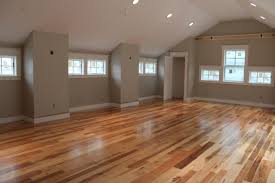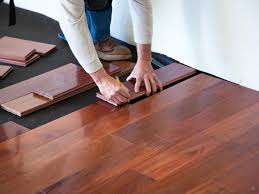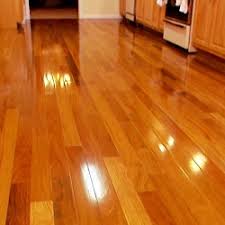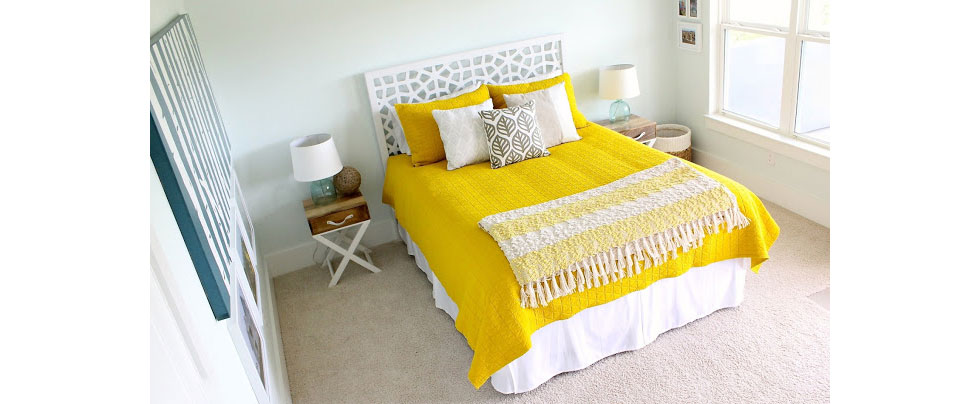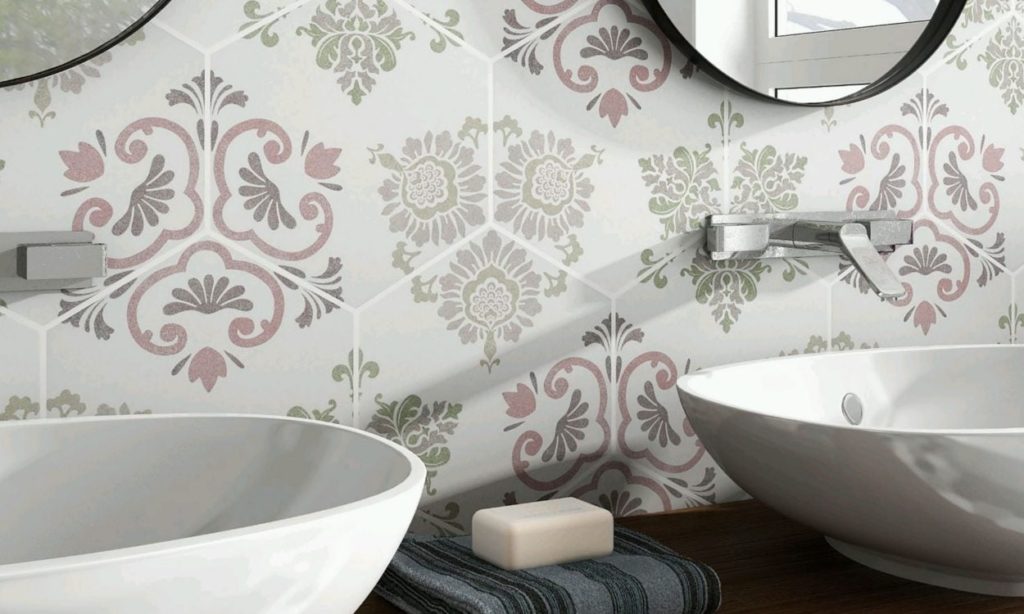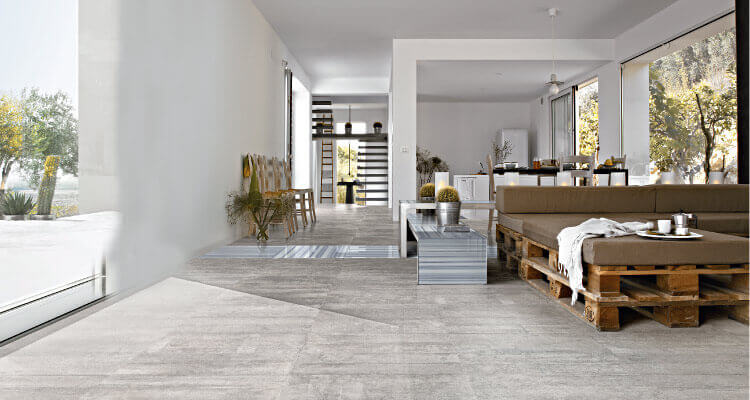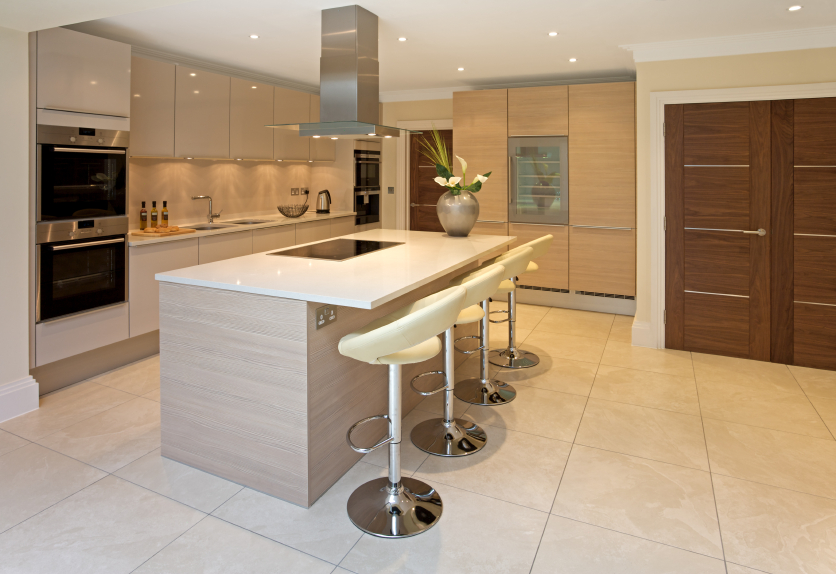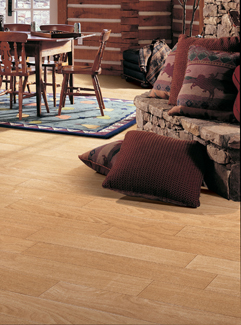How Often Should Carpets be Steam Cleaned?
Carpets are a popular floor covering due to the noise insulation and the warmth they provide in the home, not to mention a soft landing for toddlers learning to walk. But just like other floor surfaces they get dirty and need to be cleaned. The trouble is that dirt and dust that can easily be seen on the hard floor surface is hidden within the carpet fibres, so it looks cleaner, meaning the carpet may not get cleaned as often as it should.
Steam cleaning
Having a professional steam clean the carpet is the best way to get it properly clean as the steam penetrates all the carpet fibres and lifts the dirt out of them. Any moisture left behind is sucked up by the cleaning equipment so the carpet ends up being much cleaner and it can dry out quickly. Most experts recommend this be done on an annual basis, but much depends on your lifestyle and climate.
Under certain conditions the carpet will get dirty much more quickly and so will need professional carpet cleaning more often – even 3-6 monthly is not too much. The carpet should be cleaned more frequently if
- The people who live in your home suffer from allergies
- You have children and inside pets
- You live in a dusty or windy climate
- Mud gets tracked in regularly
- The house is surrounded by plants that have a lot of pollen, such as wattle trees.
- The house is in a high smog area
- There are smokers in the house
Vacuuming
In between professional cleaning, you need to vacuum the carpet and other floor surfaces on a regular basis, depending on how much foot traffic there is. Weekly or twice weekly for heavy traffic and fortnightly for light traffic, such as where no one is home all day and there are no pets. To vacuum a carpet properly you need to go over it slowly to allow the suction time to lift dirt and dust out from the fibres, unlike a hard floor that can be swished over quickly.
Spills
If there is a spill on the carpet it should be attended to immediately, blotting up the moisture with paper towels, then dab with a moist towel to remove staining. If the carpet gets too wet, leave a stack of paper towels pressed down with something heavy on it overnight.
Mud
The only stain that should not be attended to immediately is mud. If mud is tracked onto the carpet, it is better to leave it until dry, then scrape and vacuum it off. When most of it has been removed, dampen a towel with a mild solution of detergent to dab at the stain that is left.

How Often Should You Clean Your Carpets With Pets?
Pets shed hair and dander, and when they go in and out of the house they bring in all kinds of dirt and gunk from outside.
If you’ve got pet traffic, you should steam clean your carpets every 4-6 weeks. We recommend that you invest in your own steam cleaner so that you have easy access to it every month. Plus, with most commercial steam clean rentals at $30/day, even a top of the line steamer will pay for itself after 10 months.
Between steam treatments, it’s important to vacuum every day. Though this may sound excessive, it’s necessary. Daily vacuuming keeps you and your family safe from the bacteria that pets bring in that can fester in carpets. For those with pets, these are the best vacuums to purchase.
If you find that your carpet has an odor to it from pet accidents, try the baking soda method to get rid of the smell. All you have to do is apply baking soda to any smelly spots on the carpet, let it sit for 24 hours, and vacuum up the residue.

Best Practices for Keeping Your Carpet Looking Nice Between Cleanings
1. Vacuuming
Regular vacuuming is one of the most effective (and cost-effective) ways of removing dirt from your carpeting. Be sure that you are using the right vacuum and going slowly over the carpet in both forward/backward and side to side directions. Areas like general offices areas or corridors should ideally be vacuumed daily, or at least 3-4 times a week. Lower traffic areas like conference rooms and executive offices can usually be done once a week.
2. Spot Cleaning
The sooner you can treat a stain spot, the better your chances of successfully removing it. It is a good idea to have someone regularly check your carpeting for any stains to spot clean them. You can also have this done as part of a carpet preventative maintenance program.
3. Preventative Cleaning
The best method to keep your carpet looking good and lasting long is to have them professionally cleaned at regular intervals (which may differ for different areas based on the state of the carpet, usage and traffic). For heavy traffic areas like entrances and halls, you want preventative cleanings 1-2 times per month. For medium traffic areas like administrative offices, every 2-3 months is typically sufficient. For lighter traffic areas like conference rooms, every six months is recommended.

How often should you have preventative cleaning done?
- For heavy traffic areas like entrances and ground floor halls, you want preventative cleanings 12-24 times a year. The more the better, but at least once a month.
- For medium traffic areas like administrative offices or above ground halls, 4 times a year (quarterly) is the ideal frequency.
- For lighter traffic areas like boardrooms and conference rooms, twice a year should do the trick.
Don’t Believe This Common Carpet Cleaning Myth
There’s a popular myth that cleaning commercial carpet too frequently will shorten the life of the carpet or make its appearance worse. This leads some managers not to clean carpet at all or wait until the carpet is severely soiled.
This myth actually has a bit of truth to it because extraction cleaning done improperly can lead to a dirtier carpet—especially where detergent residue is left behind. Residue is a soil magnet. Carpets with residue will begin to look dirty again within a matter of days in high traffic, ground floor areas.
But beyond that specific situation, the “less cleaning is better for your carpet” myth is just that—a myth. In actuality, the more you clean your carpet (as long as it’s done properly) the better it will look and the longer it will last.
Obviously, cost also plays a factor. The more you have your carpet cleaned, the more dollars you need to devote to your carpet-cleaning budget. So what’s the best approach? How should you clean your carpet, and how often, to keep it looking good and give it the longest possible lifespan?
